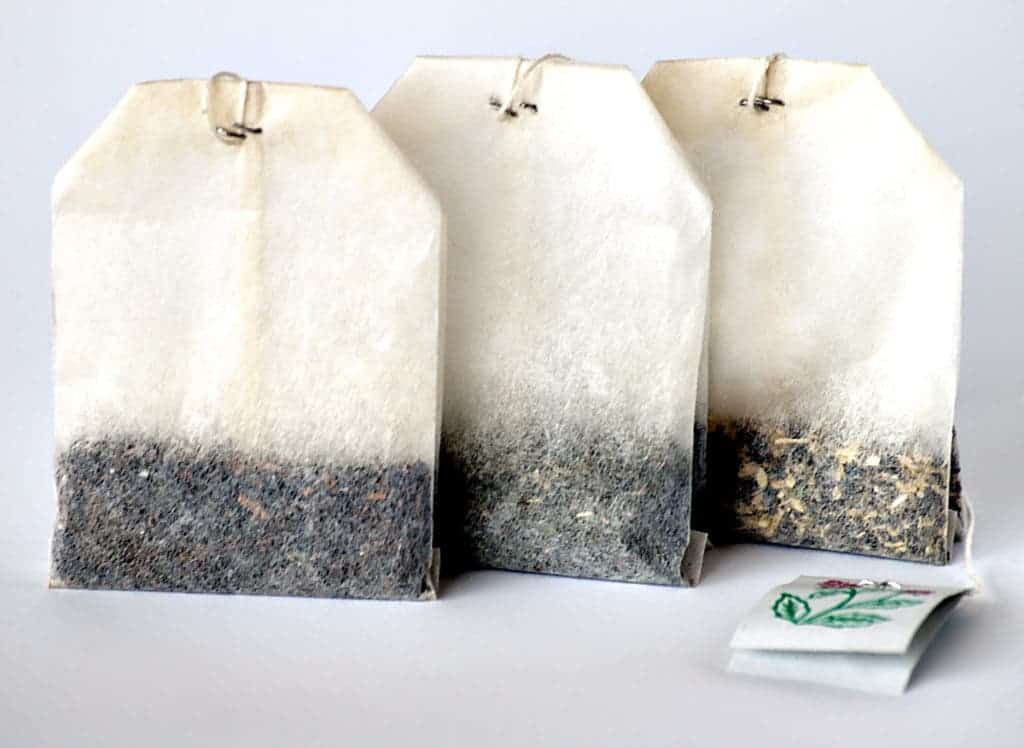Tea drinkers may now think twice before using plastic tea bags, as a new set of tests found that a single bag sheds billions of particles of microplastic into each cup. The study was published in the journal Environmental Science & Technology.

Researchers discovered that a cup of the brewed beverage may come with a dose of micro- and nano-sized plastics shed from the bags. Possible health effects of ingesting these particles are currently unknown.
Over time, plastic breaks down into tiny microplastics and even smaller nanoplastics, the latter being less than 100 nanometers (nm) in size. Scientists have detected the microscopic particles in the environment, aquatic organisms and the food supply, but they don’t yet know whether they are harmful to humans.
Nathalie Tufenkji and her team wondered whether recently introduced plastic teabags could be releasing micro- and nanoplastics into the beverage during brewing. They also wanted to explore the effects of the released particles on small aquatic organisms called Daphnia magna, or water fleas, which are model organisms often used in environmental studies.
In order to do this, they purchased four different commercial teas packaged in plastic tea bags. They cut open the bags, removed the tea leaves and washed the empty bags. Then, they heated the teabags in containers of water to simulate brewing conditions.
Using electron microscopy, the team found that a single plastic teabag at brewing temperature released about 11.6 billion microplastic and 3.1 billion nanoplastic particles into the water. These levels were thousands of times higher than those reported previously in other foods.
“We think that it is a lot when compared to other foods that contain microplastics,” Tufenkji said. “Table salt, which has a relatively high microplastic content, has been reported to contain approximately 0.005 micrograms plastic per gram salt. A cup of tea contains thousands of times greater mass of plastic, at 16 micrograms per cup.”
More research is needed to determine the kind of impact the particles will have on humans, the researcher added. For now, she said, it’s best to avoid plastic tea bags and seek out other options.
“Tea can be purchased in paper tea bags or as loose-leaf tea, which eliminates the need for this single-use plastic packaging,” she said.






